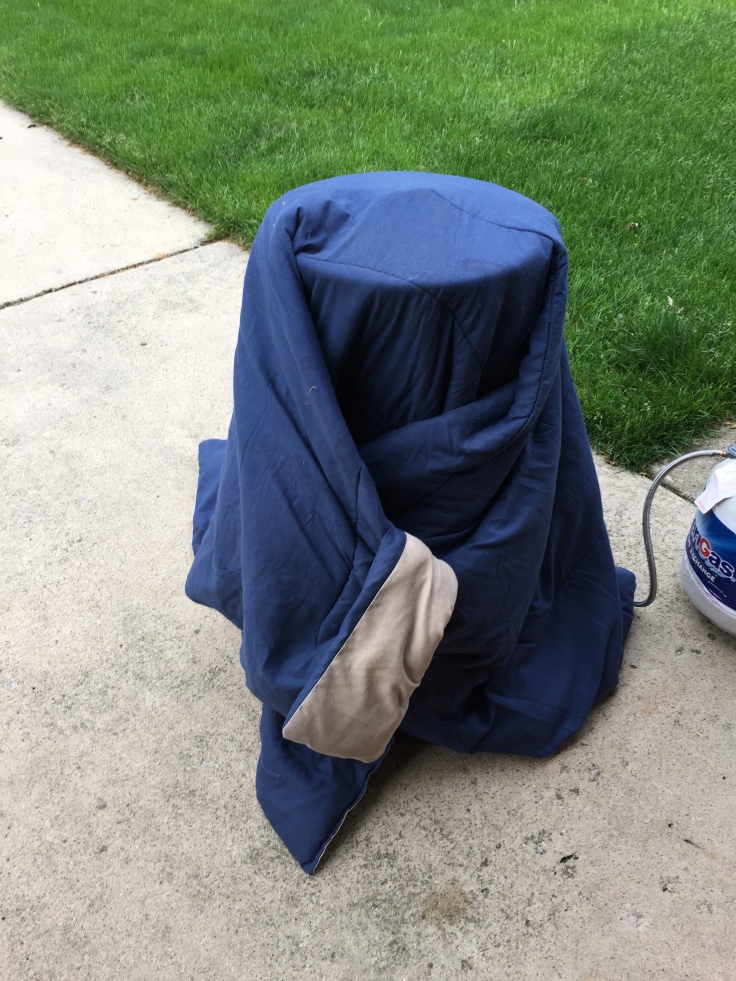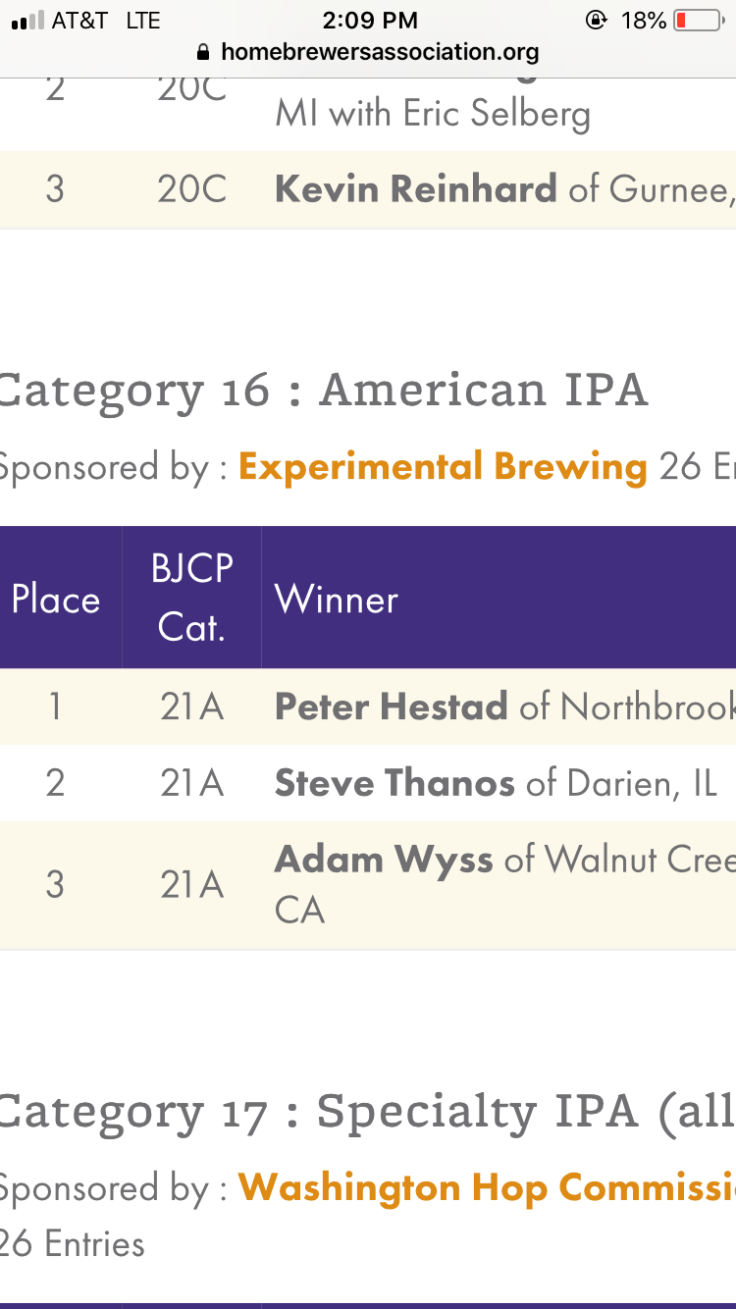Around late August 2018, I received news that had potential of changing someone’s world forever. The type of news that for years people of my grandparent’s generation never discussed. This type of news that can devastate a family. The news arrived on my Facebook feed that one of the fellow homebrewers from my homebrew club, The Plainfield Ale and Lager Enthusiasts (PALE) had been diagnosed with cancer. Dan Sergeant is father of two children and husband to his loving wife.
My instant gut reaction was WE NEED TO DO SOMETHING! What was that something though? After reaching out to fellow elected officials of PALE, I was serving as vice-president at the time, we agreed upon coordinating a Rare Beer Raffle Fundraiser. 100% of the proceeds will be handed over to Dan and his family. Breaking the news to fellow club members was difficult. Picture it, everyone listening to guys talk about beer and then there’s the shmuck(me) mentioning the dreaded “C” word. It was a real mood killer for sure.
The next couple months were spent talking to club members about our new focus and project that would hopefully bring some help and inspiration to our brewing brother. We started out having a large initial donation turn out during our October club meeting at Werk Force Brewing Company. After that meeting, many bottles of beer were collected and stored in my garage. Luckily, my wife understood what I was doing and was very supportive. The November club meeting at Hopvine Brewing Company was much of the same as the previous month’s meeting. Usually I walk out of a club meeting without much beer. This time around, boxes were filled from generous donors.
The collection of bottles were coming in even the evening of the drawing.
It was the generosity of our club members that really made this entire experience a total success. People literally were going through their beer cellars that have taken years to stock pile and were just handing these beers over to me for this fundraiser. I will not go into the specifics about all of the beer, let’s just say it was top shelf. It was a really humbling to see so many people band together for a common cause. I do not think I should be surprised of this, homebrewers are pretty rad people. They have hearts of gold. Banning together for a common cause is something that we are just prone to do. I will address this even further later.
Ironically enough almost at the same time as our fundraiser was going on, all hell was breaking loose out in northern California. What became known as the Camp Fire, the devastation was felt strongly, especially in California. I jumped in my car one random Sunday morning to run errands like I always did on Sundays. I spend much of my time listening to homebrewing podcasts while in the car. Yes, I am that dork. This day was no different. I noticed Marshall Schott and the boys over at Brülosophy had posted a new podcast. This was strange since their podcasts do not usually drop until Tuesdays. This one was special. You can listen to it here.
Marshall spent a good hour talking about the news that devastated the state of California. As Marshall indicates in an e-mail exchange we had on this topic, “Living in California, it was impossible not to know about the havoc the Camp Fire was wreaking on the residents of Paradise.” This all started when homebrewer, Dustin Wendke, reached out to Marshall and felt the need to share details about the devastation that he and his fellow homebrewer friends were experiencing. While chatting on the phone, Marshall learned first hand from Dustin just what was happening to people due to these fires. He and many of his friends from his homebrew club, Brewers of Paradise lost just about everything.
Over the years Brülosophy has certainly gained some exposure. They have collectively gained a voice that resonates throughout the homebrewing community. Marshall decided to use the exposure and notoriety for something good and began a GoFundMe campaign for the Brewers of Paradise Homebrew Club. Although this may seem trivial since homebrewing is just a hobby, homebrewers are a different bread. We are passionate, helpful, resourceful, creative, and the type of people that would give the shirt off our backs for someone. This is what I experience with my club and I have a feeling Marshall and Dustin experience the same. The main goal was for the Brewers of Paradise to be able to purchase a new brewing rig so they could meet at a common location and brew. Brewing could serve as a much needed distraction while piecing together their lives that were literally burnt to the ground.
On December 8th during our holiday party, PALE were able to hand over $2.394 to Dan and his family. Just prior to the release of this blog post, Brülosophy have been able to help raise over $4000. Also, Brülosophy donated $755 from their Amazon affiliate link from the month of November. This has been the largest amount ever seen from a Brülosophy affiliate.
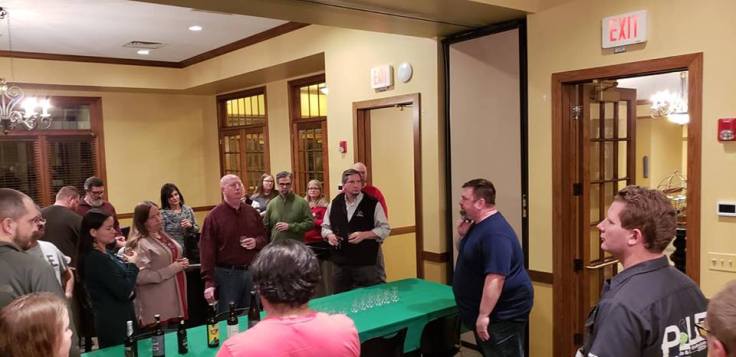
Me addressing members of PALE during the holiday party and trying to be presidential.
It should be noted that Dan took it upon himself to donate half of the money to another PALE member who had recently been diagnosed with cancer as well. It is this type of community and willingness to help others that homebrewers are all about.

Dan addressing everyone after I handed over the money.
As Marshall so eloquently lays it out for us, “I’ve always said that beer isn’t what keep me in this hobby, but the people who do it and this experience has reminded me of just how badass homebrewers really are. Considering the time of year this went down, it’s been incredible to witness the compassion from my fellow beer lovers.”
As I told the members of PALE during our holiday party, this was successful because of all of them. The amount of love and support left me speechless. I am profoundly proud to be apart of this club and look forward to seeing what greatness we can accomplish in the future.
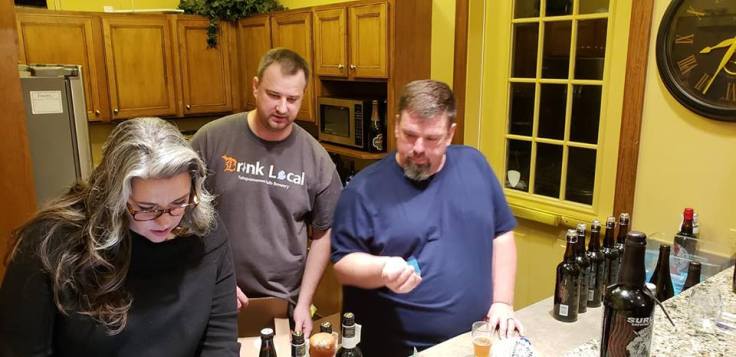
I couldn’t have done it without these two.
As many reading this blog probably already know, Sierra Nevada’s owner and overall great guy, Ken Grossman, had his hand in an epic idea to help those affected by the Camp Fire. Collaborations are very common within the smaller breweries. Grossman took it one step further. Along with brewing a special IPA he is calling Resilience IPA and donating all of the proceeds to the folks impacted by these fires. Grossman wrote the following to brewers across the county:
As you may know, on November 8, the Camp Fire broke out near the town of Paradise, California, and within minutes raged through the community, obliterating a football field per second of everything in its path, destroying nearly 10,000 homes, killing many residents and leveling the town of 27,000 people. The fire is still raging on, but it is already the most destructive wildfire in our state’s history. Although Chico and the Sierra Nevada brewery were spared, the Camp Fire has devastated neighboring communities where many of our employees lived. I’m writing to ask you to participate in a nationwide fundraising effort to support impacted communities. Sierra Nevada has created a beer called Resilience IPA. We’re inviting you to brew a version at your brewery and sell it at your Pub or Taproom with 100% of the proceeds going to support those impacted by the Camp Fire.
At the time of me writing this blog post, there has been around 1,400 breweries signing up to agree to brew this beer and donate their proceeds to the folks in California. A couple local breweries, Alter Brewing Company and Hopvine Brewing Company will be serving this beer on tap in the coming days. Check social media for when they will be tapping this beer.
Its this type of leadership and drive that makes Sierra Nevada one of the top craft breweries in the nation. Donations and fundraisers are not foreign to Grossman. In the past I have read somewhere where he sent many people in Chico to college with money from him and his wife.
Much like Ken Grossman and Marshall Schott, it is these opportunities that really speak to the character of all involved. It is with this in mind that I hope we can come together collectively to see what the little guys can do when people are in need of assistance. This is something that big beer just doesn’t understand, nor will they ever. It’s community that binds us and community that helps us become stronger. Cheers!




















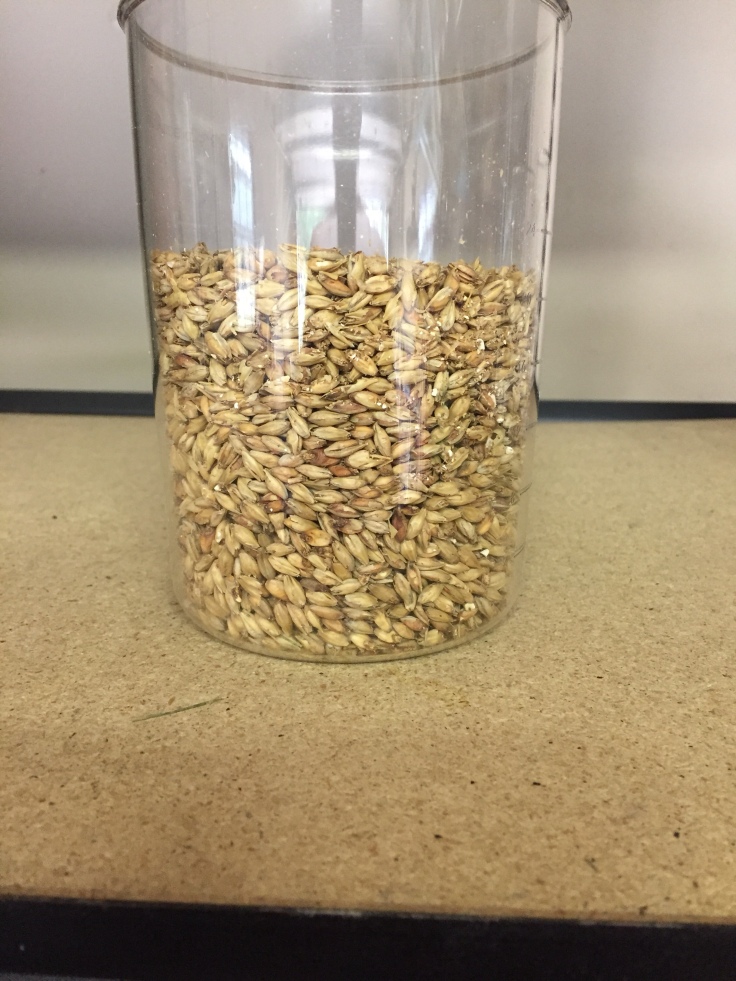

 Freshly milled grains as fine as oatmeal. Allows for great conversion and efficiency
Freshly milled grains as fine as oatmeal. Allows for great conversion and efficiency



